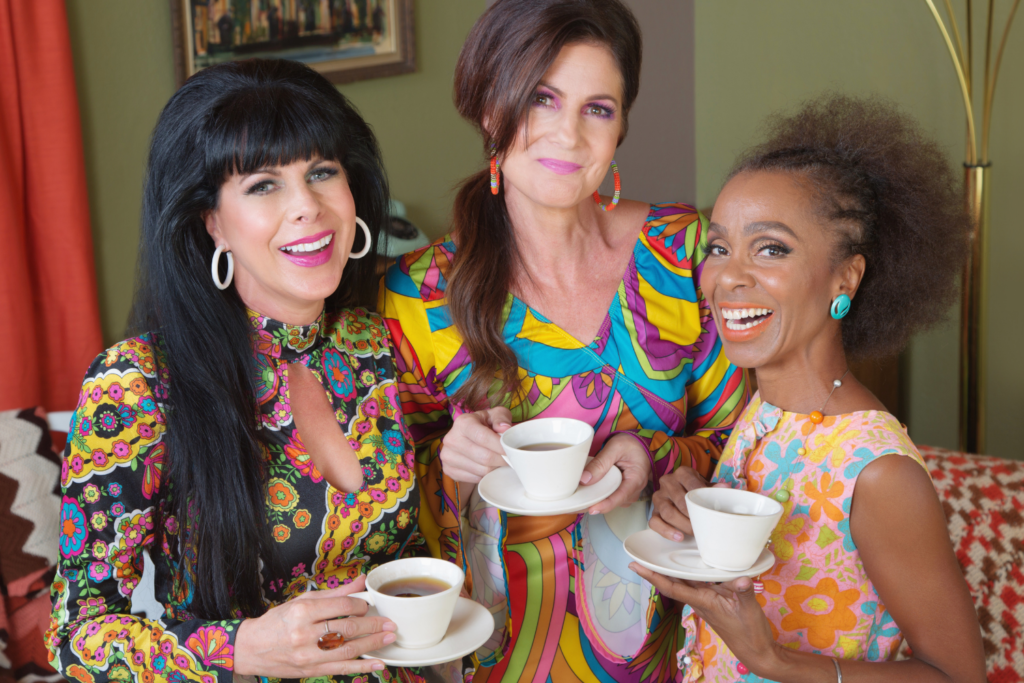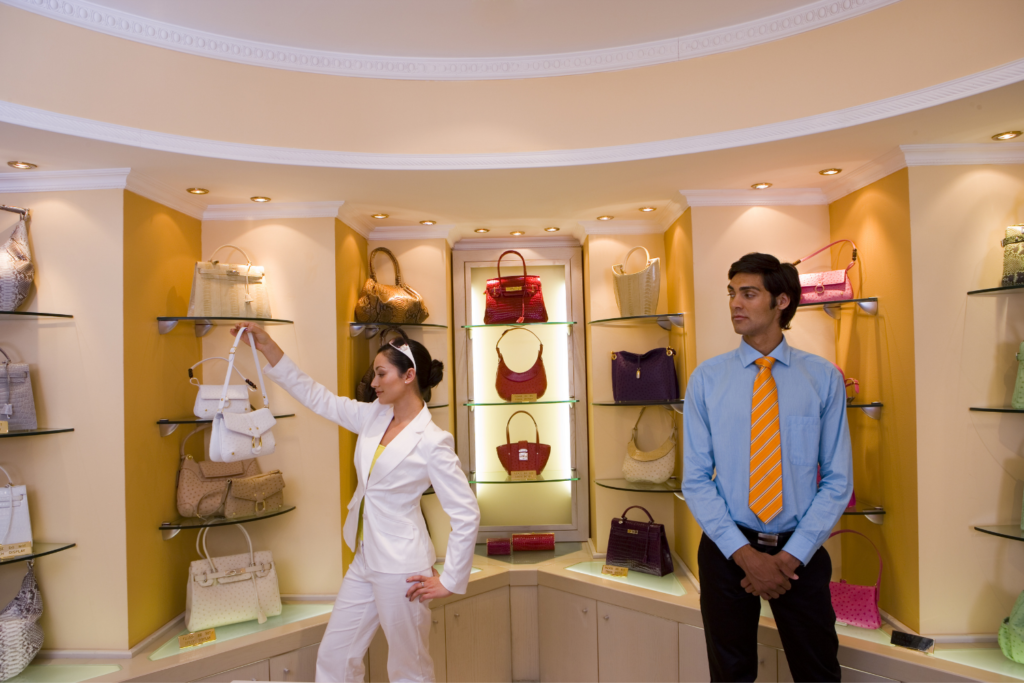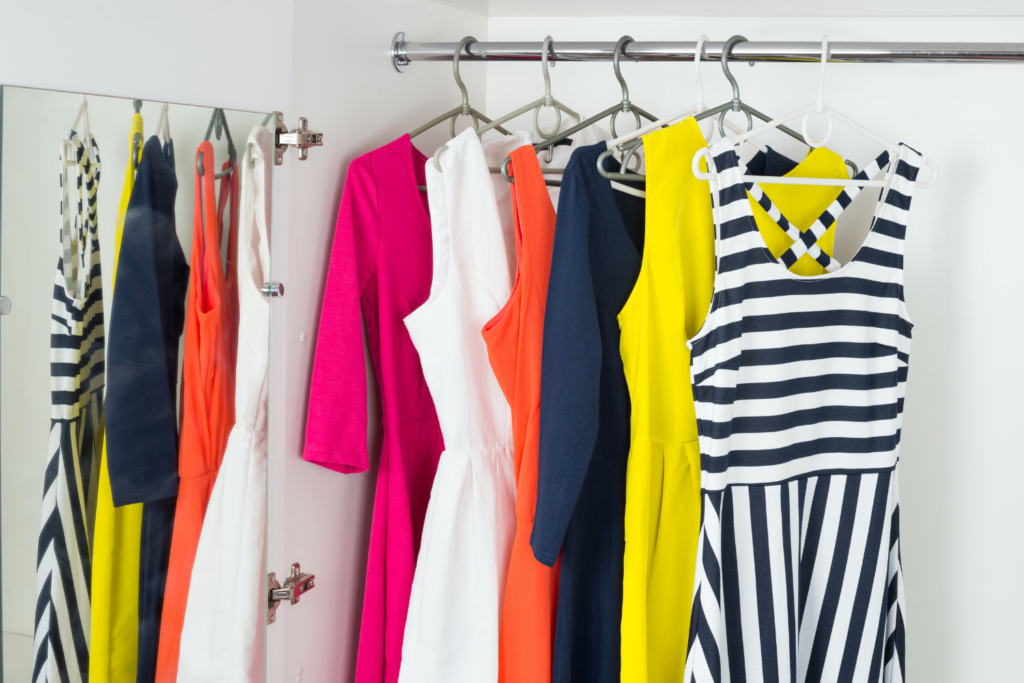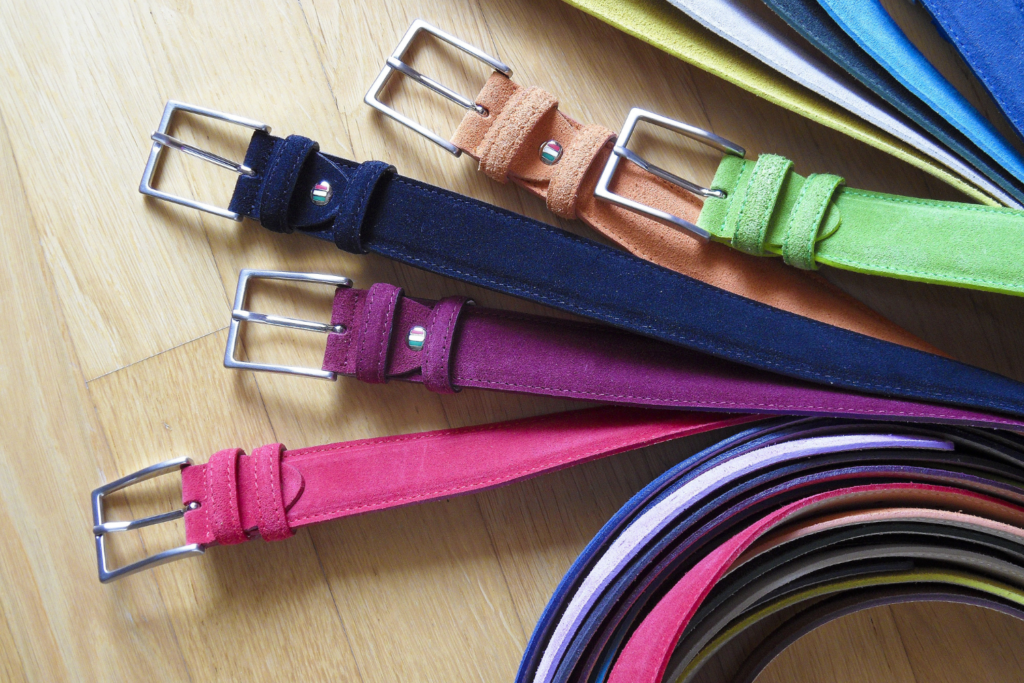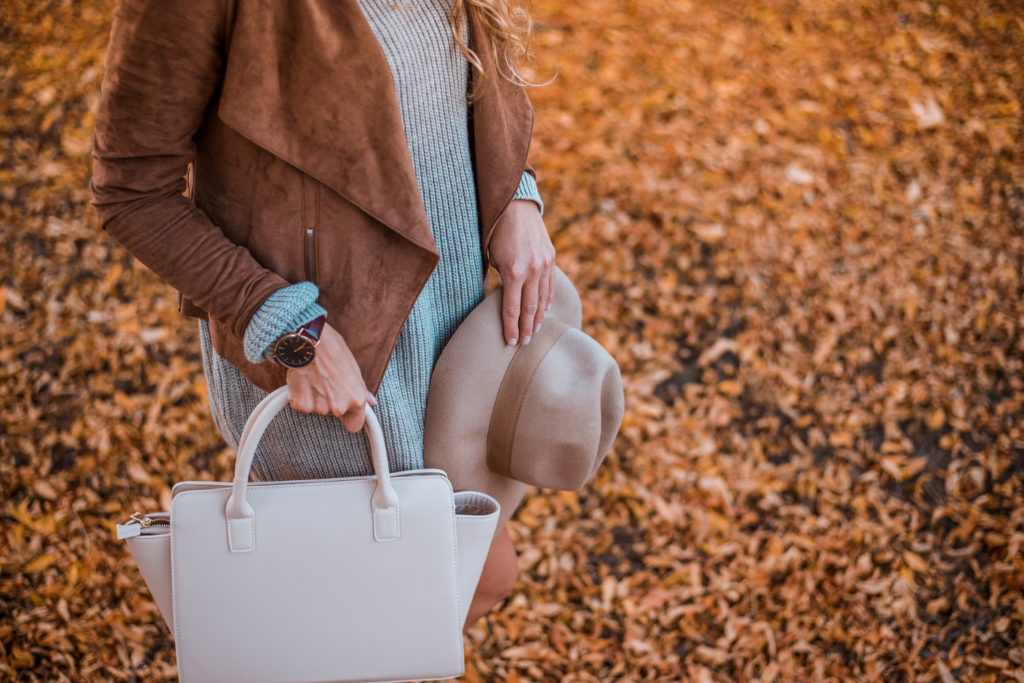While the 1950s brought mainstream Western culture into wide consumption, the 1960s was steeped in counterculture: young people rebelled against the singularity of the previous decade, spreading the news that there was more than one way to be ideal, and most often, the ideal was the opposite of what you assumed.
Sexual freedom spread with the advent of the birth control pill, conceptual freedom spread with the advent of LSD, racial freedom grew via public protest, musical freedom blossomed in too many ways to count, and technological freedom was displayed as Neil Armstrong stepped onto the moon. As these events churned in the common consciousness and beat culture flowered into hippiedom, fashion gained a great deal of depth and eccentricity.
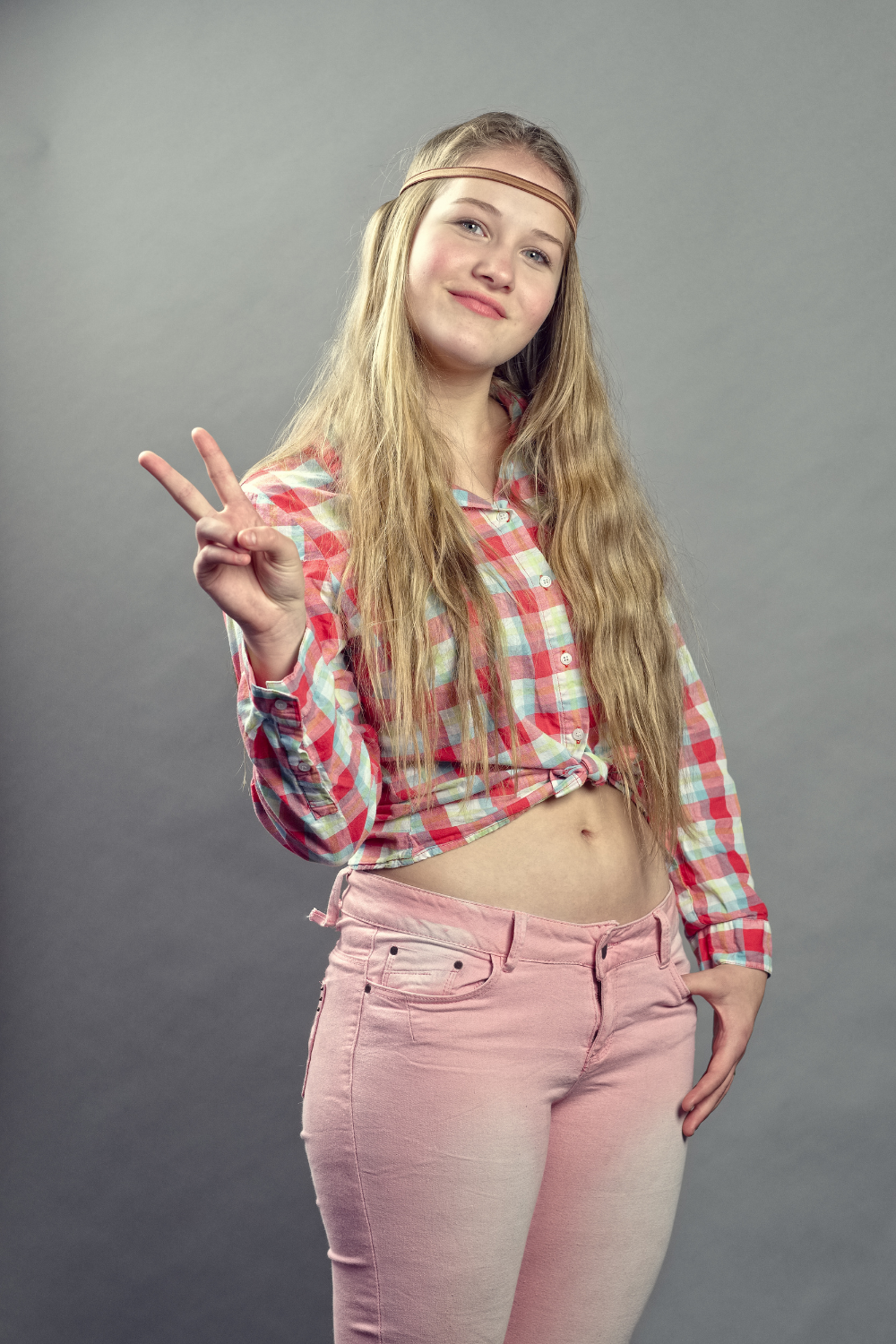
Of course, your first thought is most likely that of the classic hippie Halloween costume: long straight hair, beads, tie-dye, loose cotton tops, flowing skirts, corduroy bell-bottoms, sandals, beards, peace signs. Hippie culture, however, wasn’t as widespread then as the stereotype is now: my mother, a kid of the sixties, can testify. Just thinking about it makes me want to go through all the vintage patterns she keeps in basement storage.
First off, the early sixties reflected moderate modifications of fifties dress. To get an idea of the general transition, compare the Beatles who performed “A Hard Day’s Night” with the Beatles who performed “All You Need Is Love,” or stand Jackie O next to Janis Joplin in your mind: fashion got scragglier, hair got longer, and people became freer, putting whatever fabric patterns they wanted together in a haphazard mode of self expression.
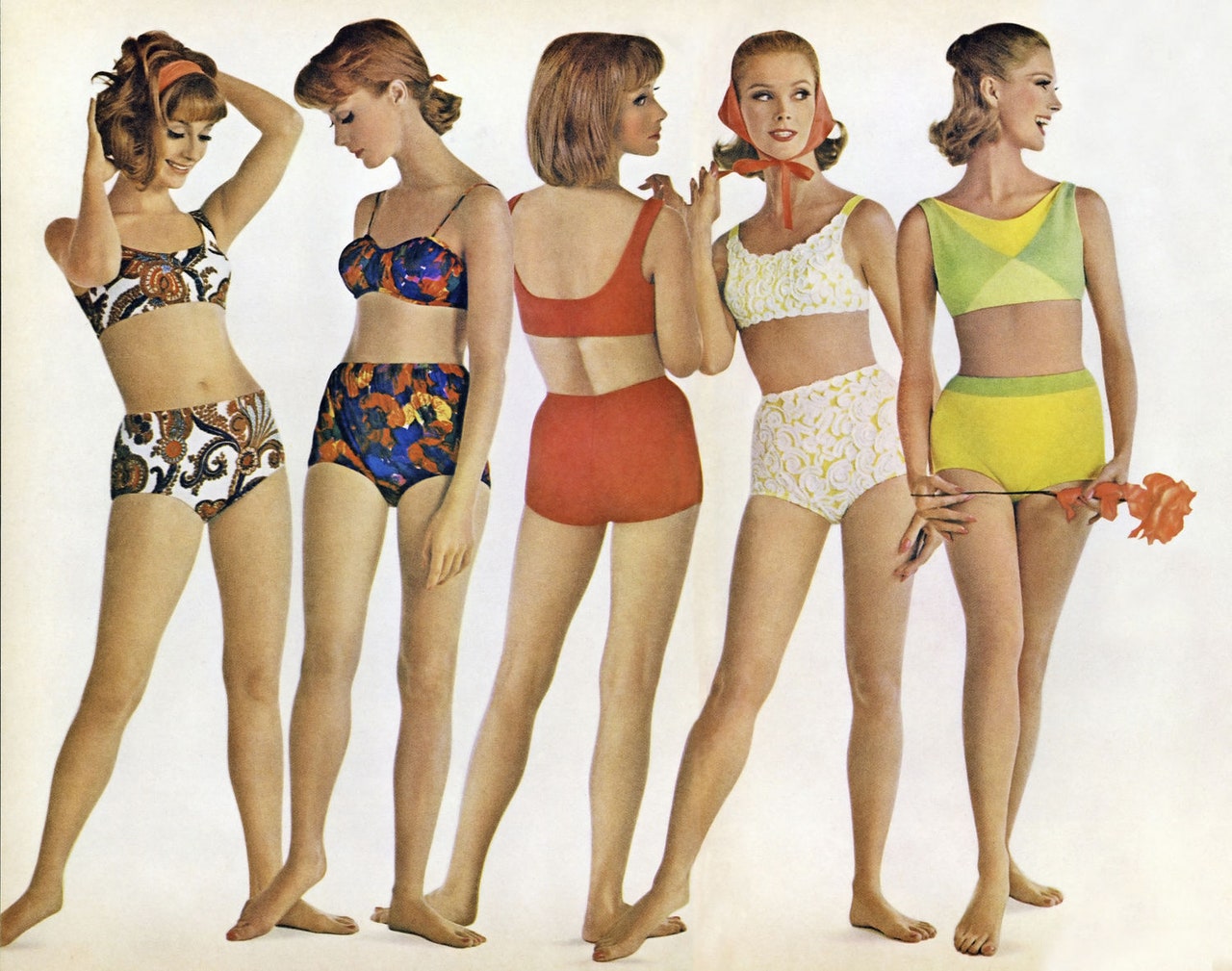
Image Credit Source: Glamour Vintage Bikini Print Ads
The bikini came into fashion in 1963, although it was slightly more conservative at the time than its modern counterpart (thongs were an unknown style of the future). A bikini that covers the bum would be very sixties.
Men’s hair started to get long. Hair long enough to touch the ears was startling, even radical at first, as many parents pointed out. As the decade continued, with men’s hair growing longer and messier by the end, the hat fell out of fashion until it was practically obsolete, replaced only by the occasional bandana.
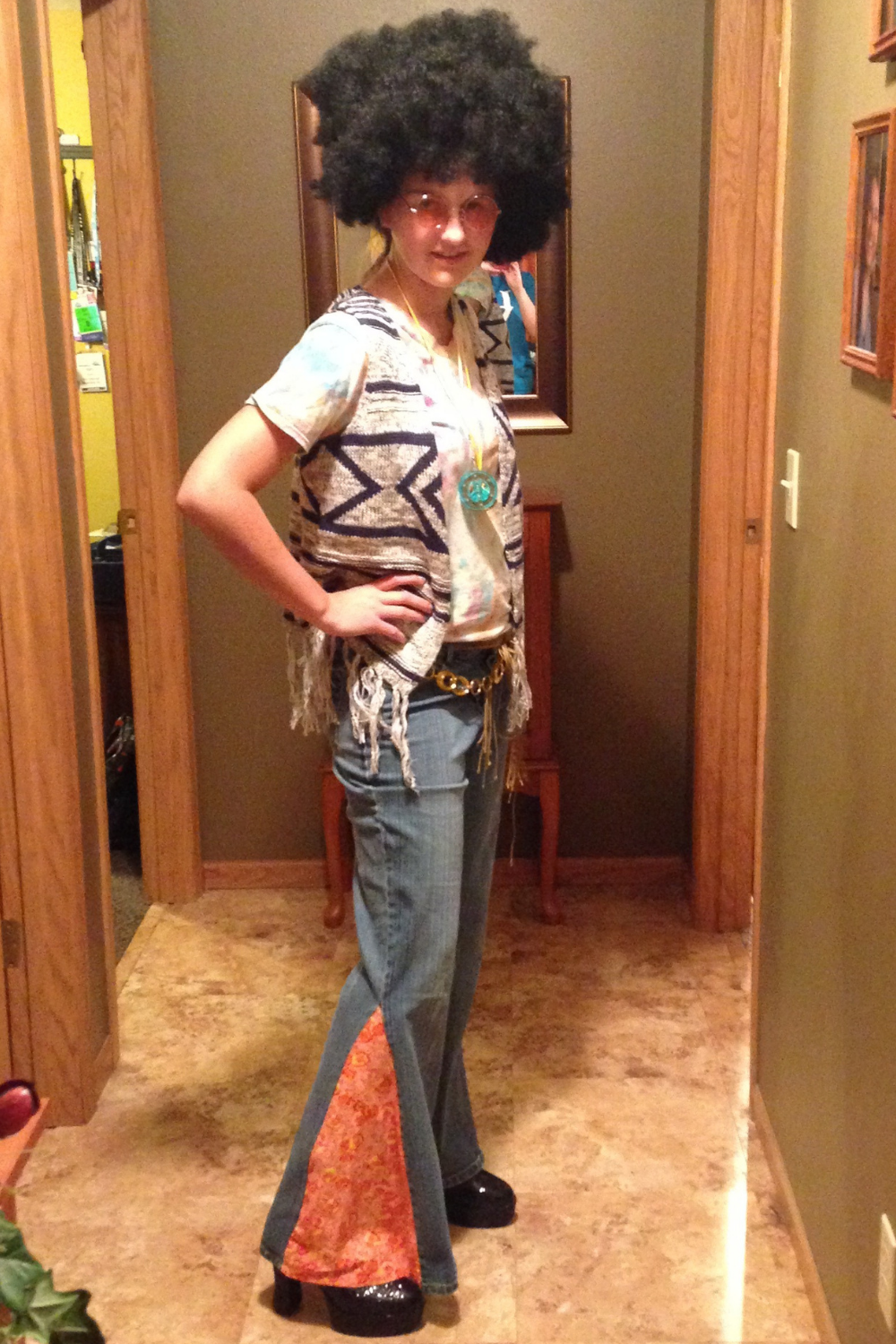
The Afro grew popular for Black Americans – just think of The Jackson Five as a prime example. Women could be seen with beehives, a slightly tidier version of what Amy Winehouse sported in 2011, and straight was more in than curly, although shoulder-length hair and bobs were often flipped up at the ends.
For a later-sixties women’s look, go for dresses that are less hourglass than the fifties and more tubular, still with a waistline, but with far less flare in the skirt. The British introduction of the miniskirt brought acceptable hemlines up to mid-thigh or higher.
Large prints are phenomenally recognizable as a sixties trait: big sunflowers, paisleys, polka-dots, or thick stripes. Go for bright colors that stand out – pink on green, yellow on black, beige on red, etcetera. If you have a plain colored dress, snazzy it up with a contrasting belt. Pants became more popular for women too, and were often wide-legged and flowing. Hip huggers came to the forefront, were usually accentuated with wide belts, and we can’t forget bell-bottoms, on both dress pants and casual.
Women’s shoes got a bit clunkier, as flats and stilettos were hybridized to make heels only somewhat high, and wide, in every color. As for socks, think crazy: bright color patterns on knee socks were especially popular.
Large and round is the style of glasses to look for, often with white or bright-colored frames. And don’t forget long strings of beads – they may seem stereotypical now, but they were a fashion staple of the era.
Eyes stood at the forefront of sixties makeup, with fake or chunky-looking, heavily-mascaraed lashes. To get yourself a sixties face, allow lots of freedom with eyeshadow color, mostly above the eye. Blue, green, yellow, violet and more are all acceptable. Eyebrows are dramatic – you may have to pencil them in thick. Use pale or bronze foundation (tanned skin was growing popular), light blush, and light, shimmery lip color.
Men wore bell-bottoms not so much in denim (which was still considered incredibly casual), as in brown plaids and solids, with patch pockets. Turtlenecks were often worn with suit jackets. Shirt collars fell open as style rules relaxed, vests started to grow popular, and the shirts themselves (as well as ties) sported all sorts of crazy patterns. Facial hair became much more acceptable, and men started to accessorize, especially in glasses: round, small, thin-rimmed, and only sometimes tinted.
But what about kids? Girls’ dresses had much shorter skirts than women’s, at first. Adult fashions gradually grew to adopt this. Boys wore blue jeans and cotton shirts for play, marketed more on ease of washing and durability than style.

